Quilting is a centuries-old craft that involves sewing layers of fabric together to create a warm and decorative textile. There are many different quilting terms that can be confusing for beginners. Keep this post pinned for a quick reference of the most common quilting terms. Here is a glossary of some of the most common quilting terms:
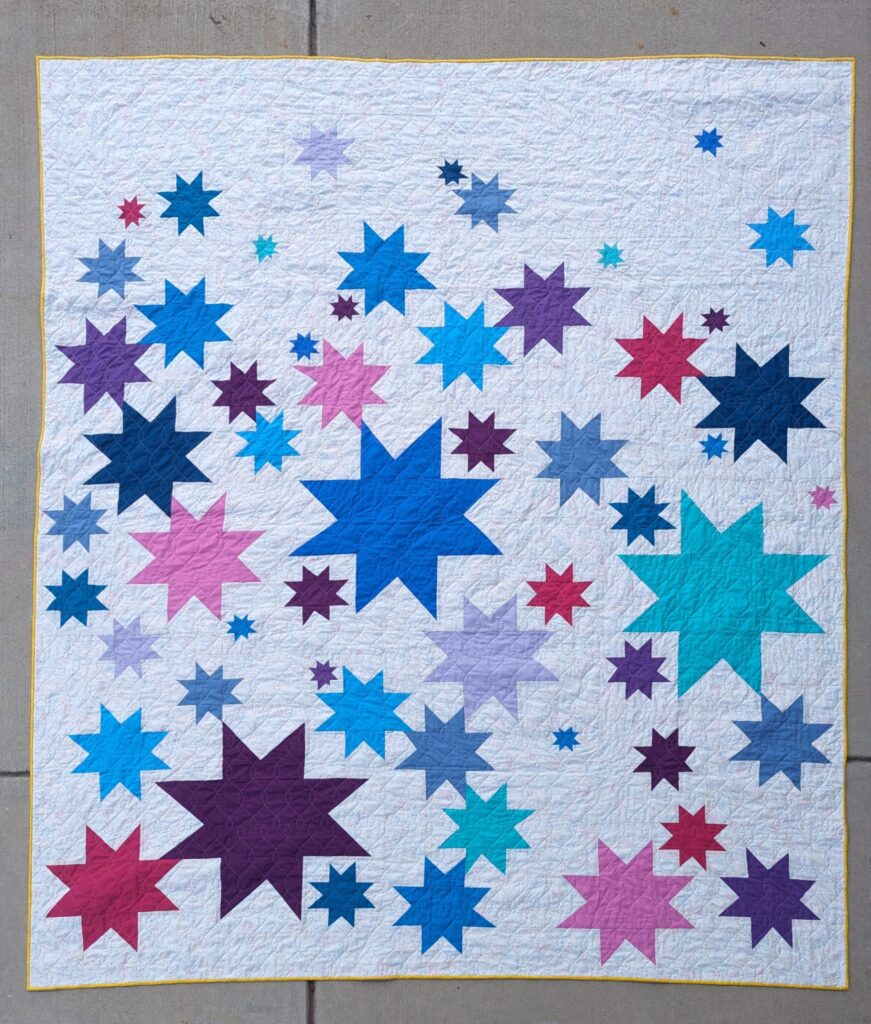
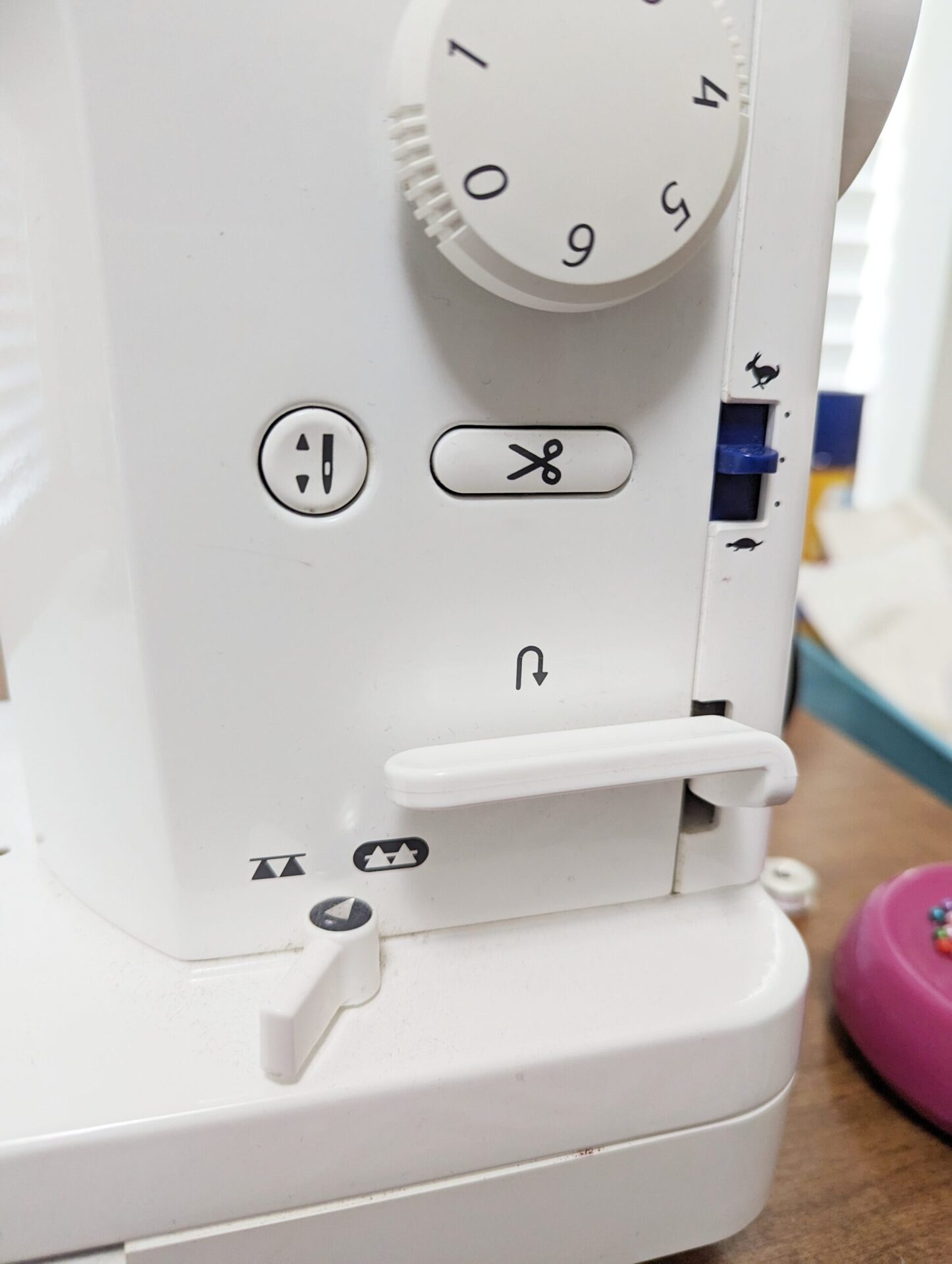
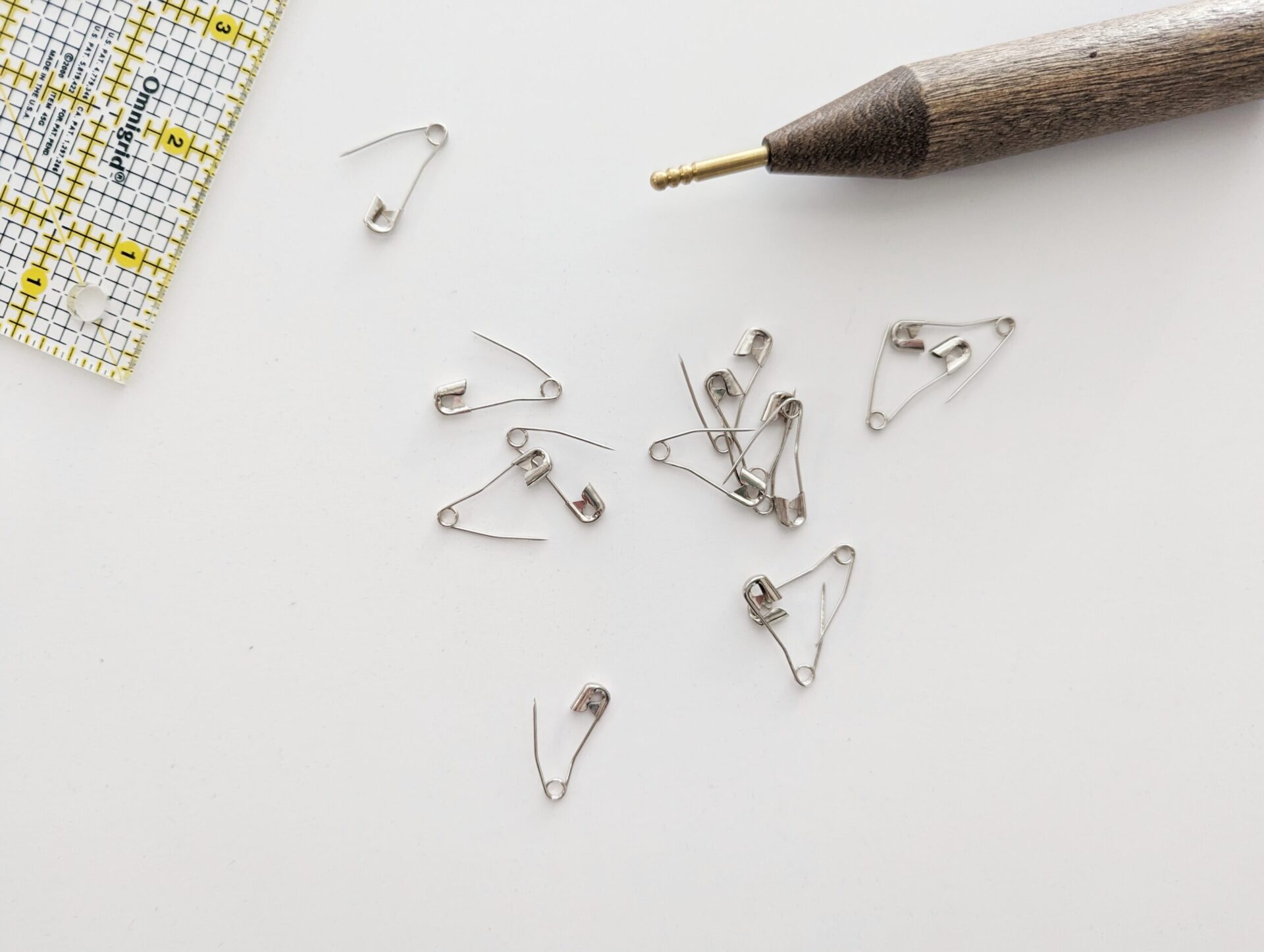
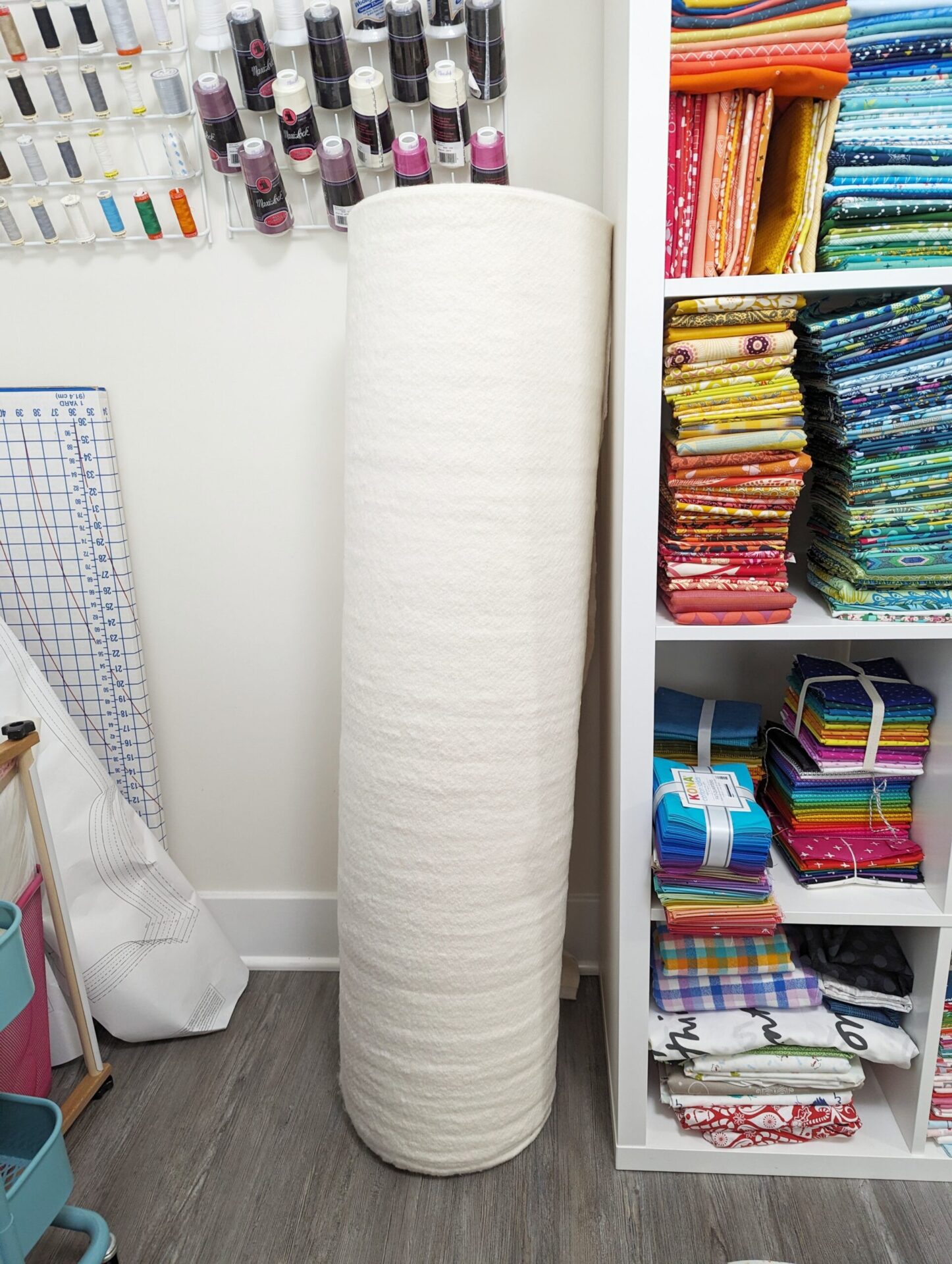
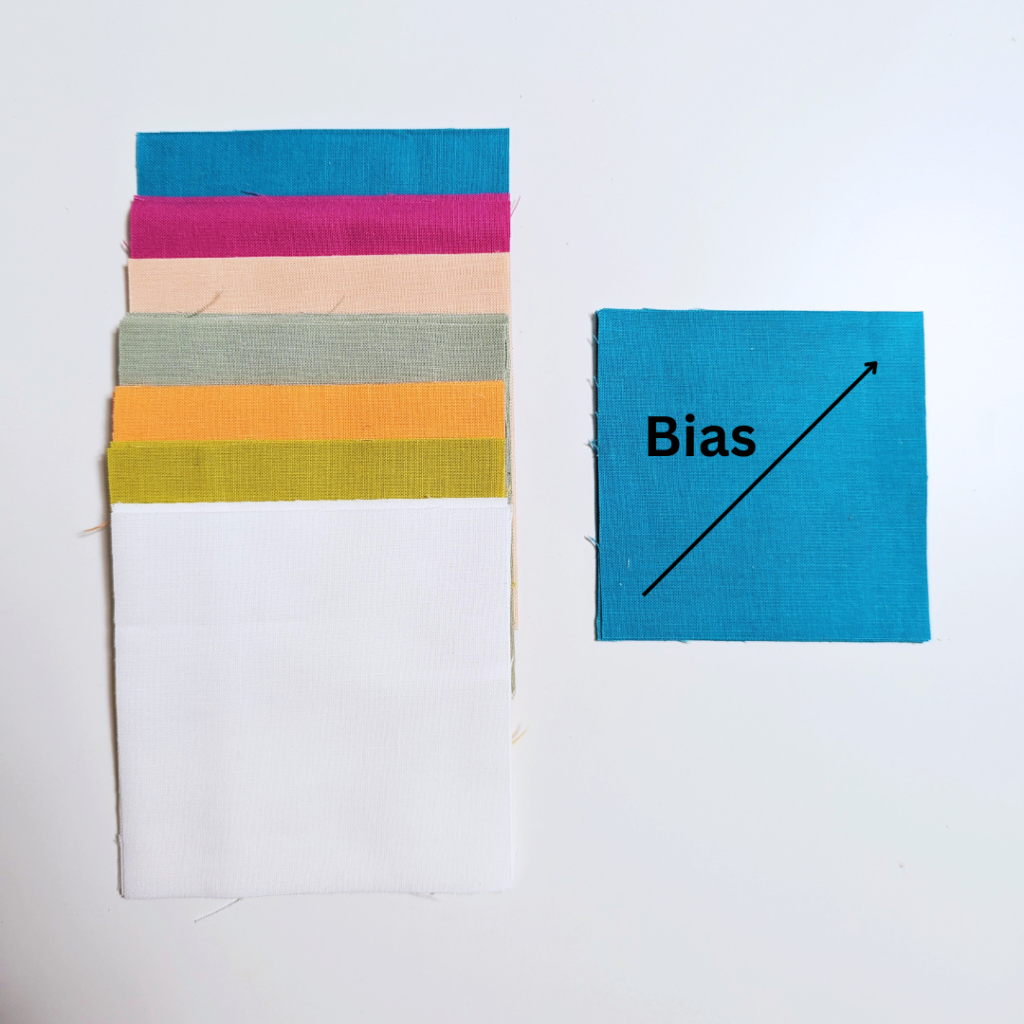
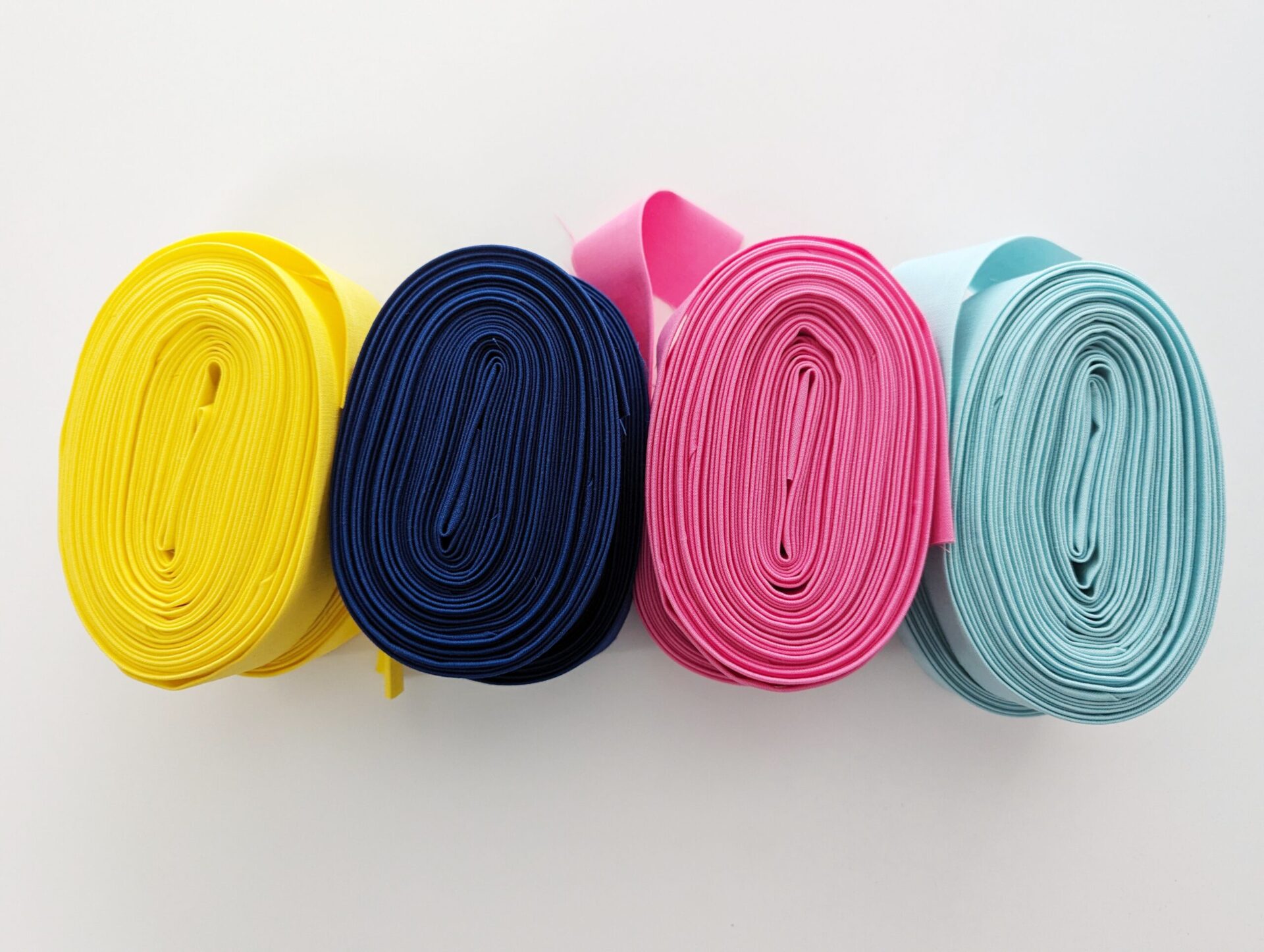
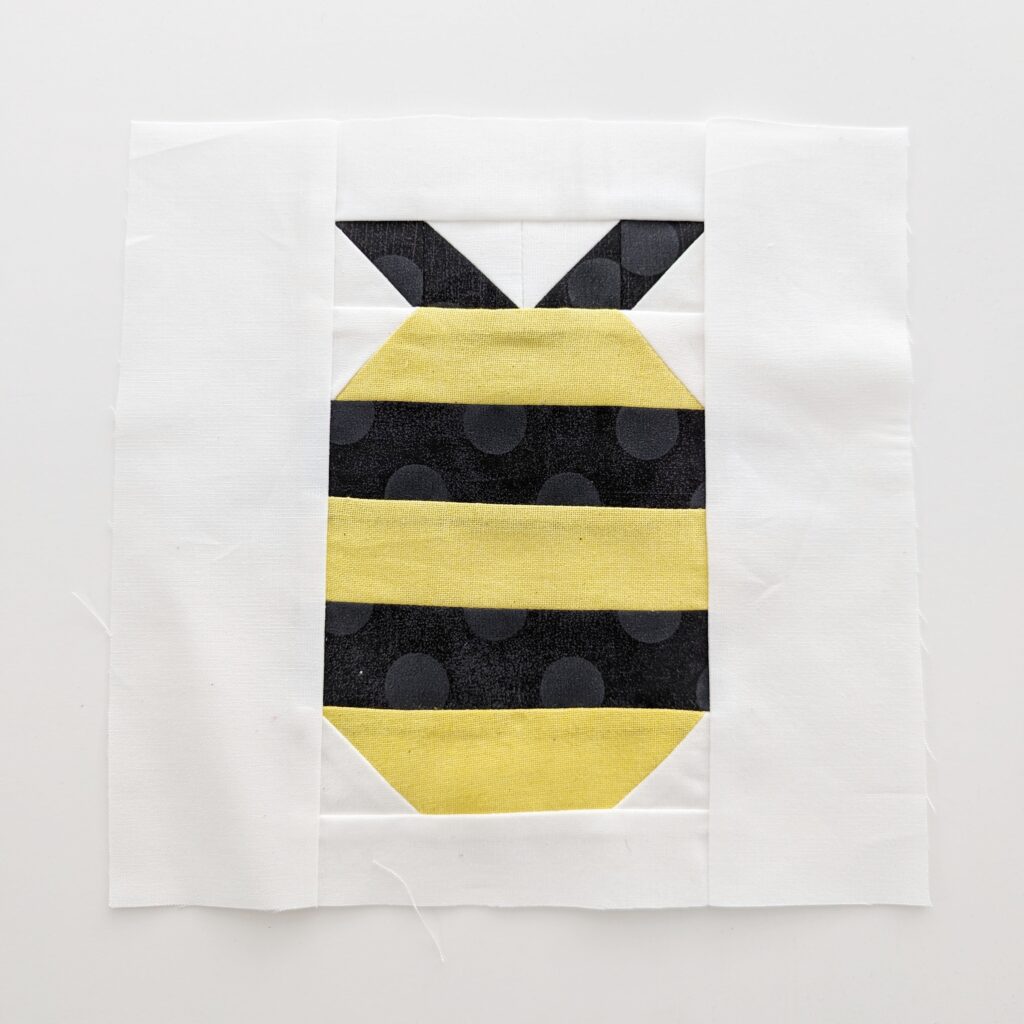
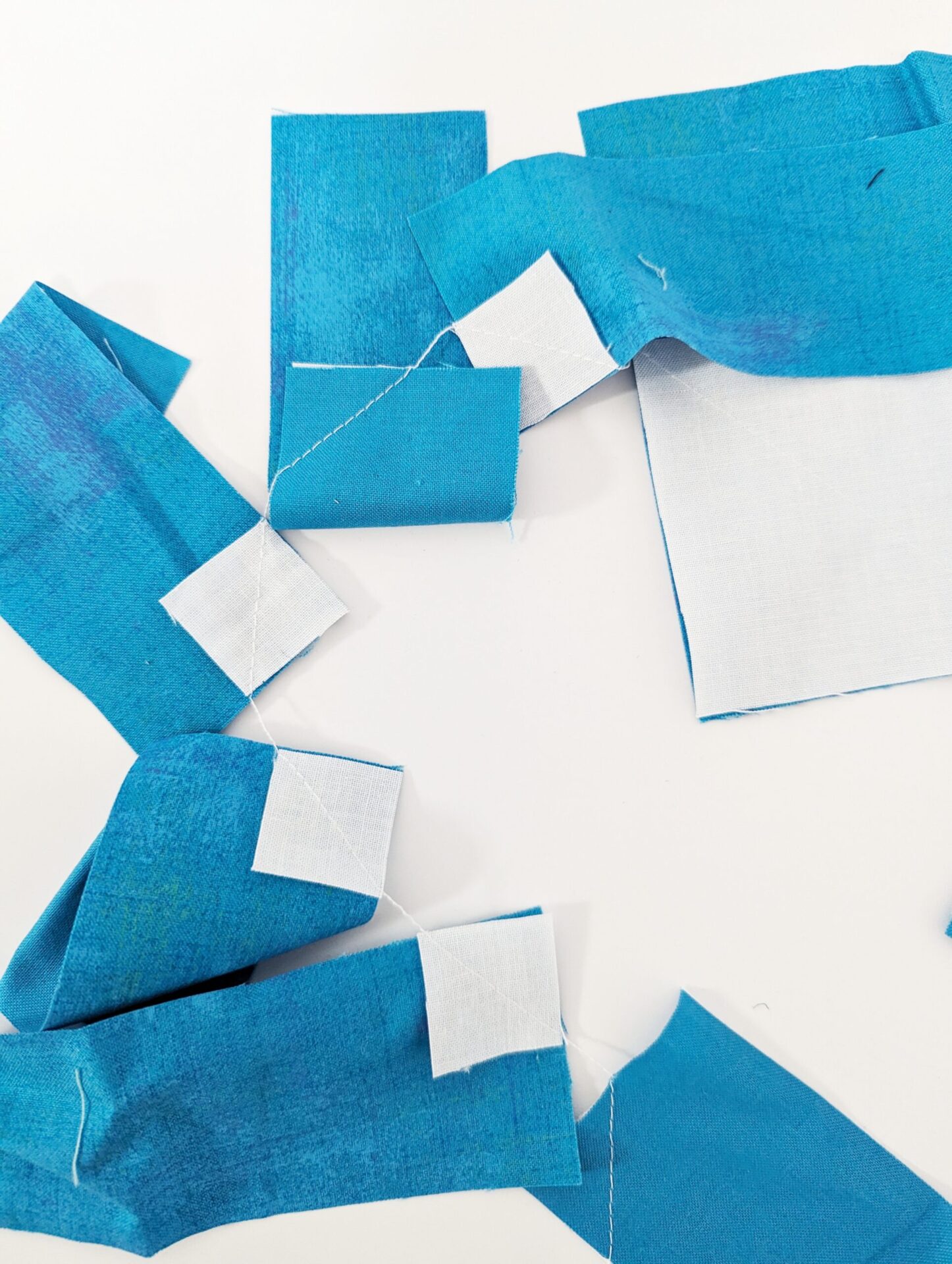
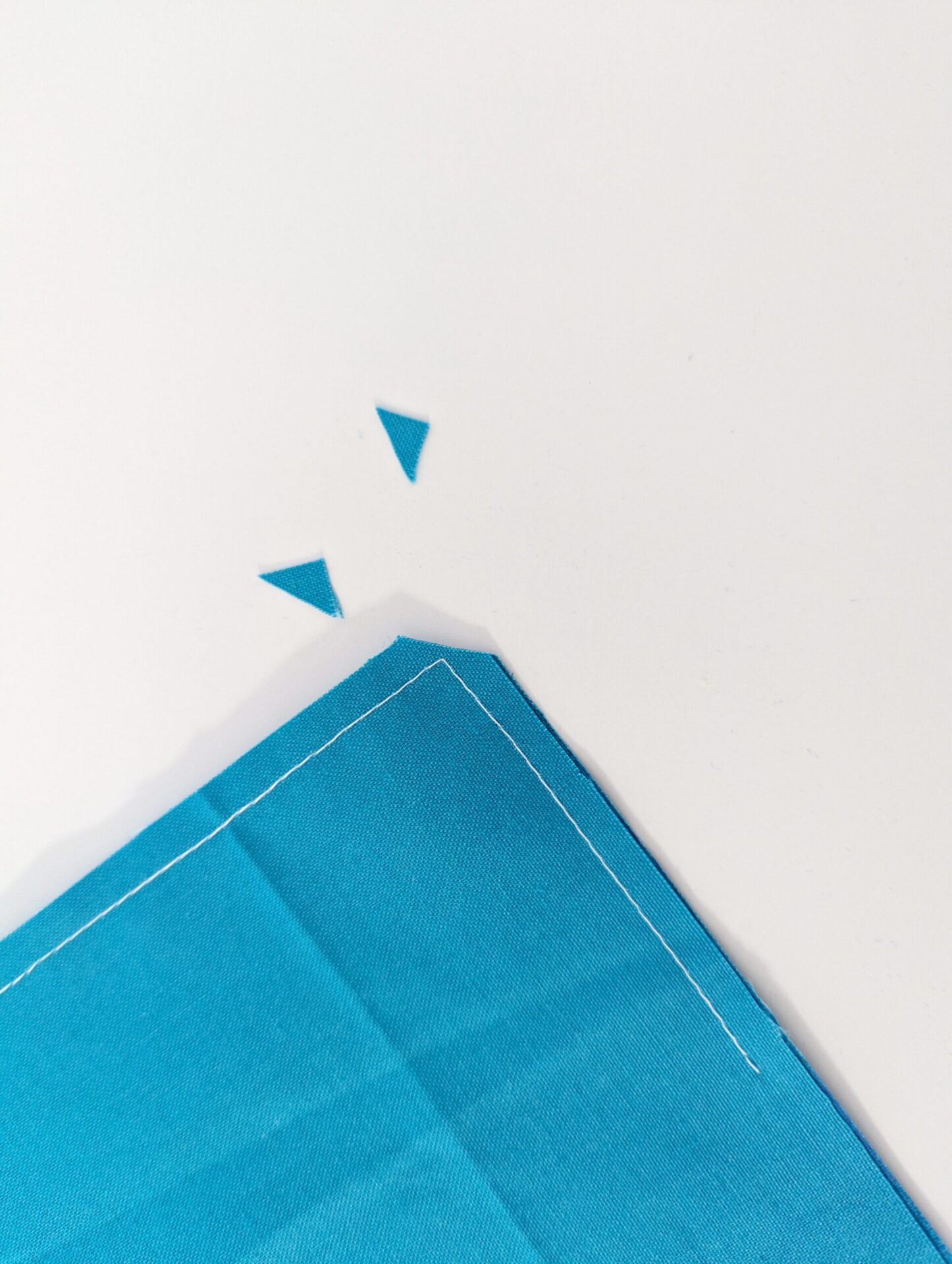
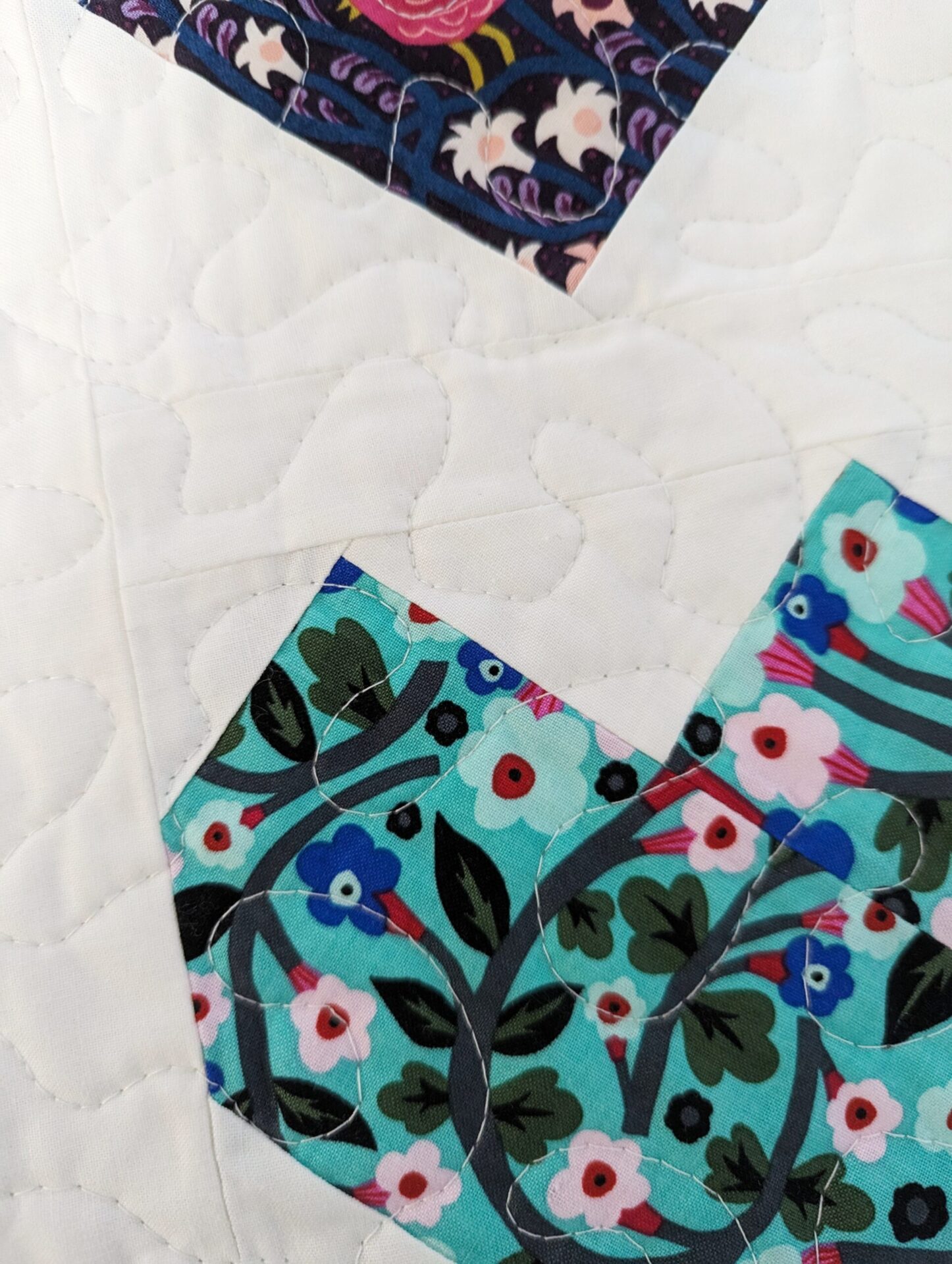
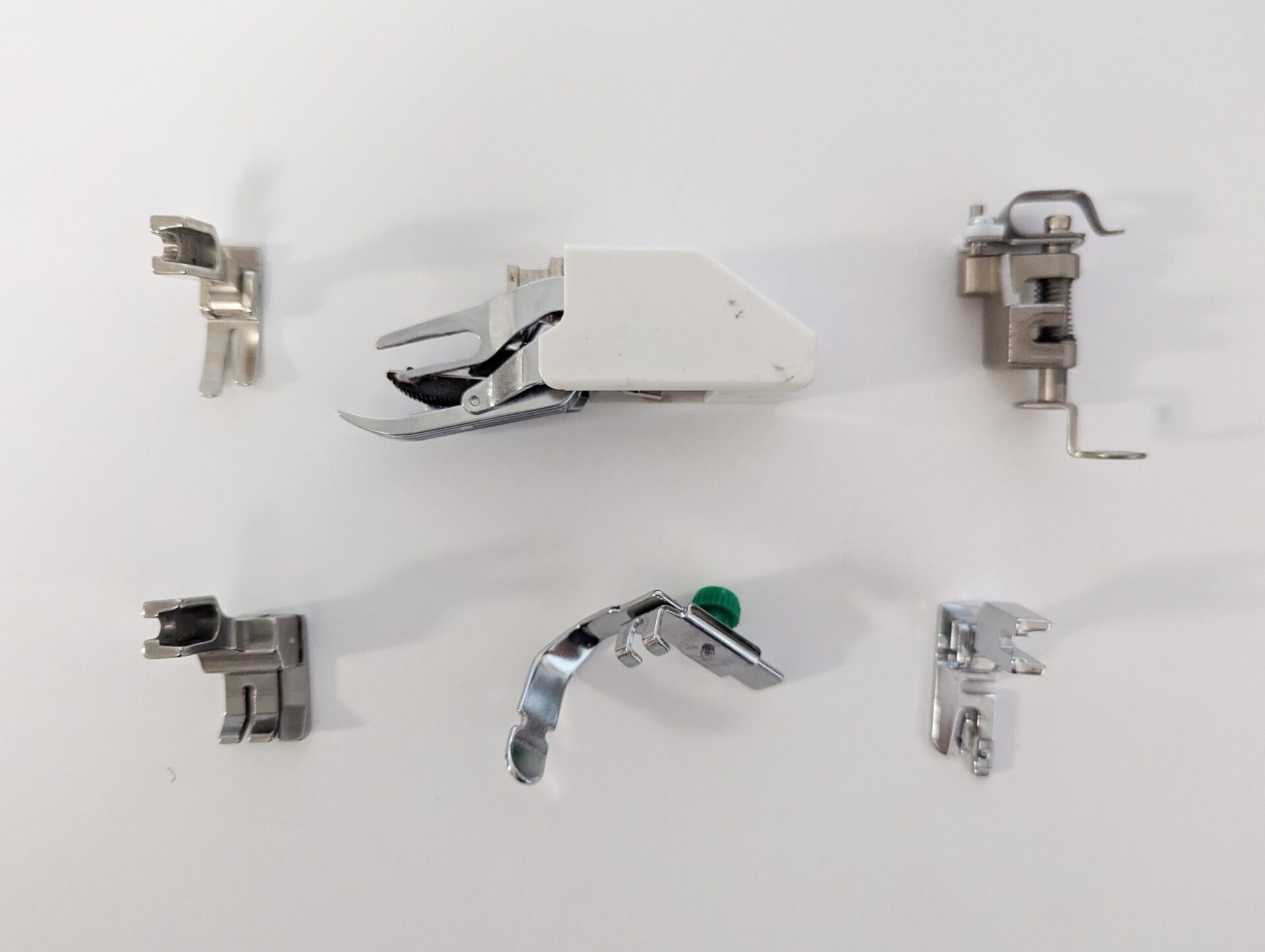
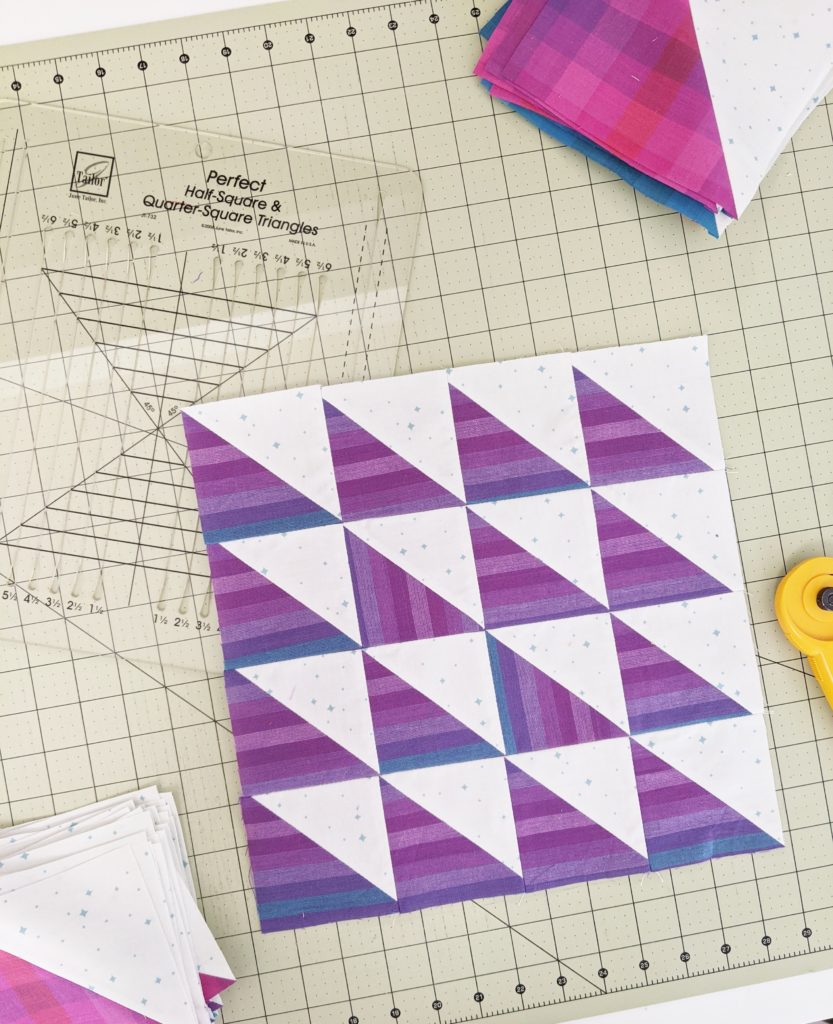
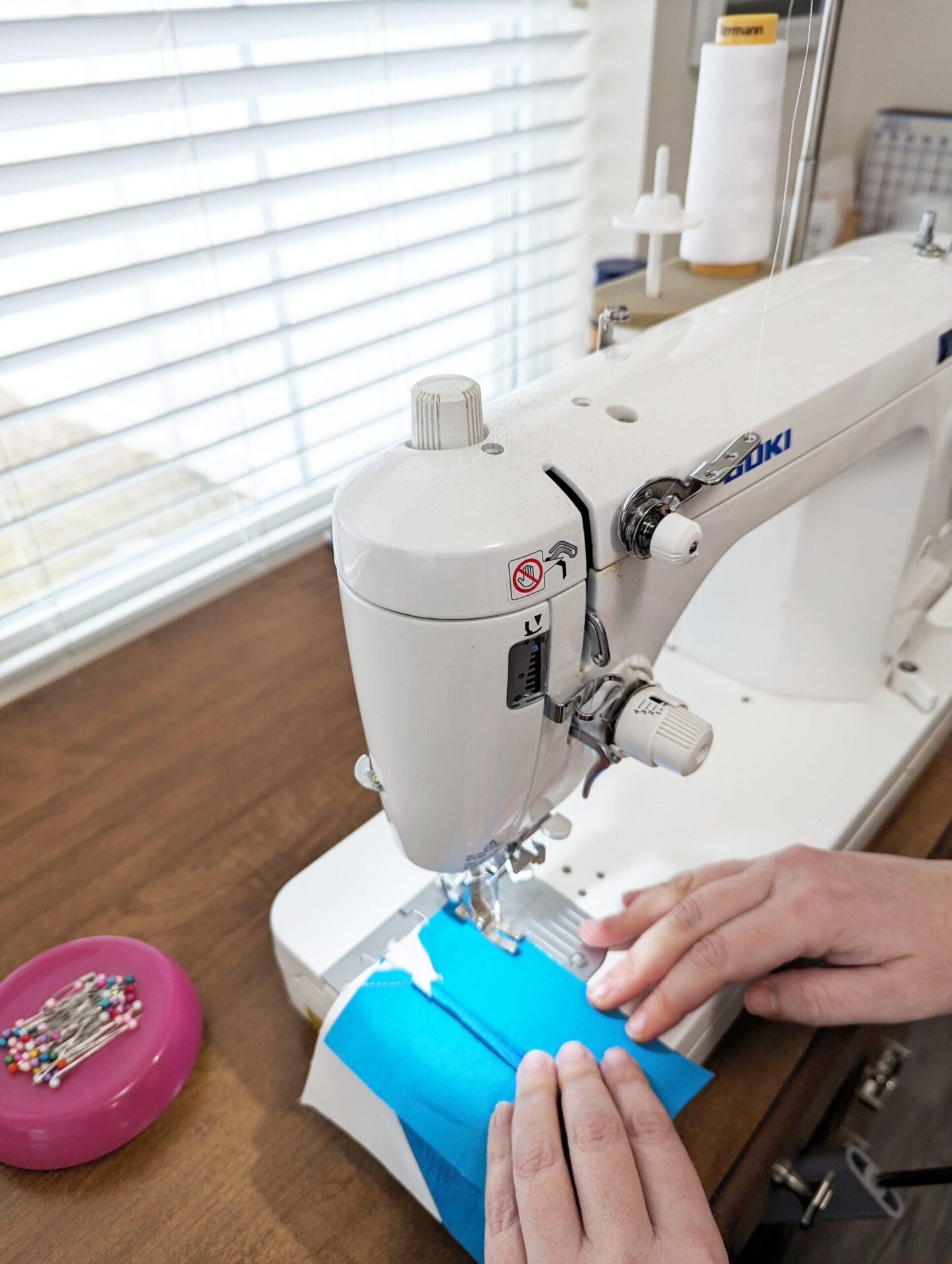
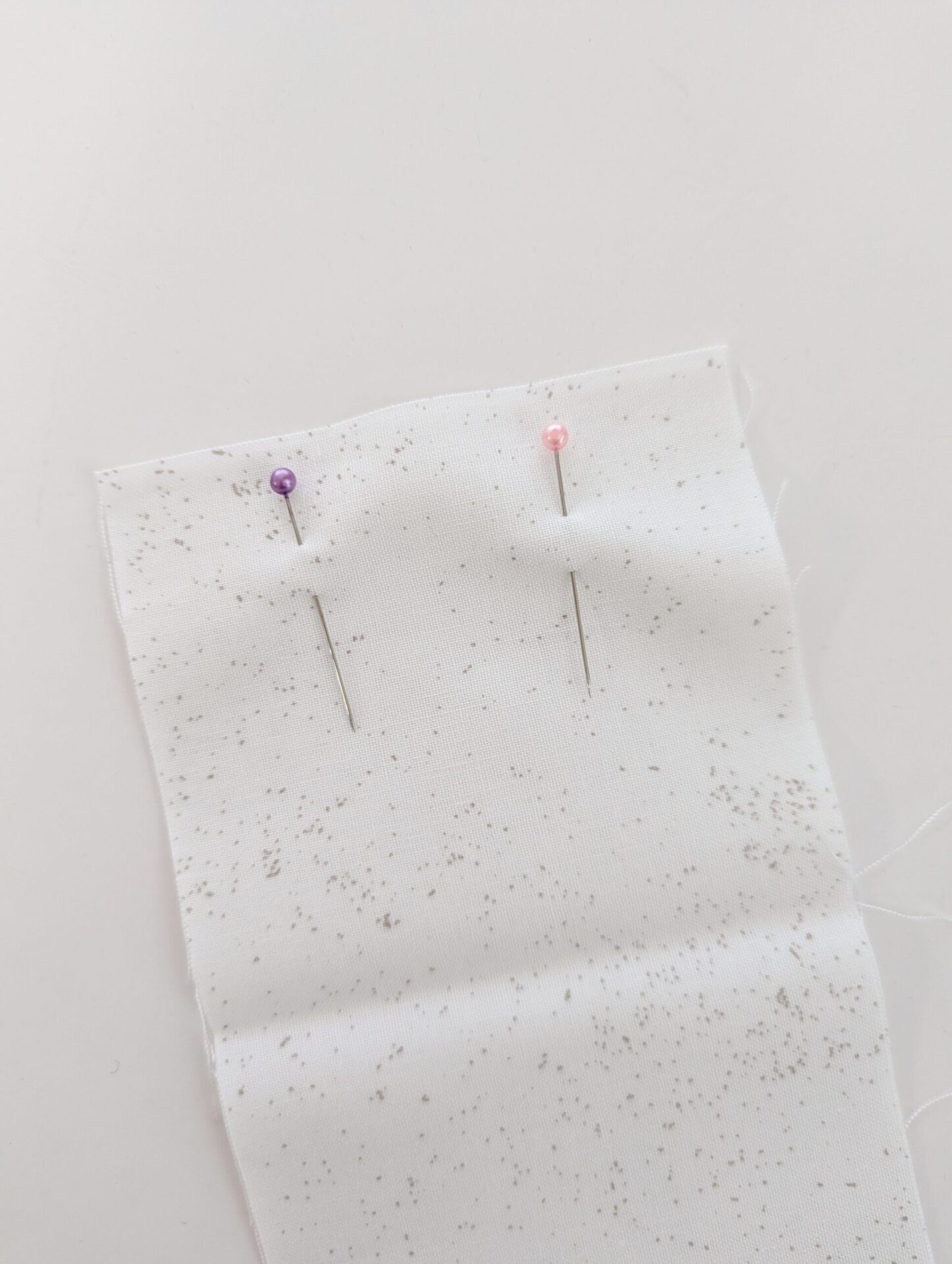
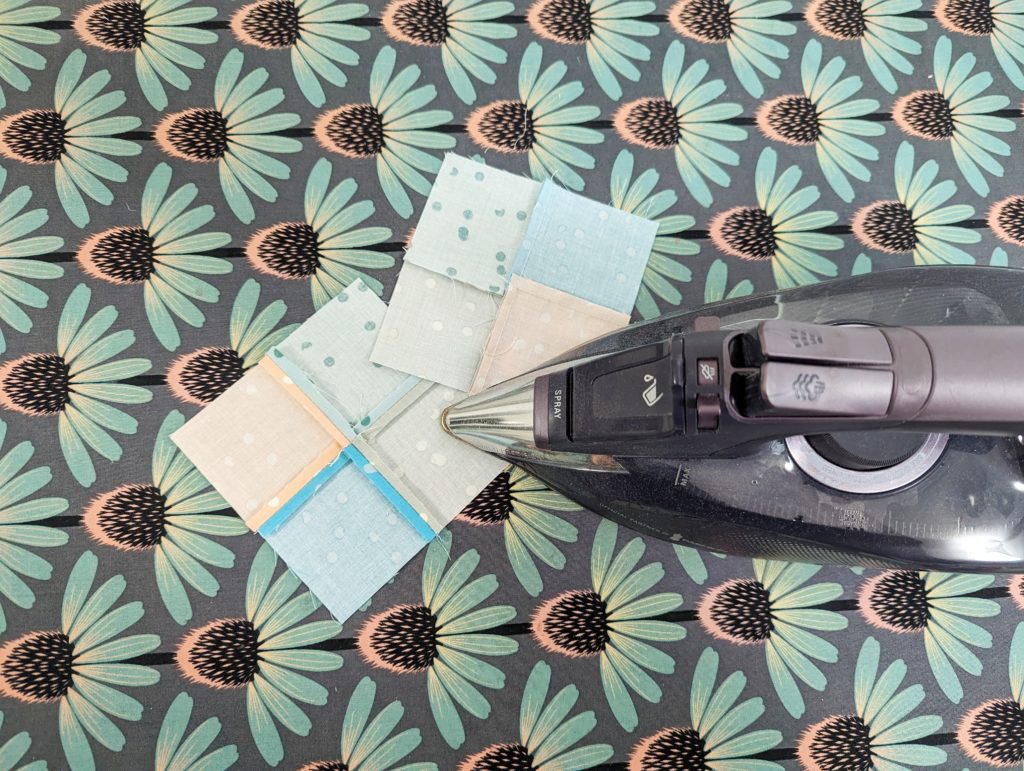
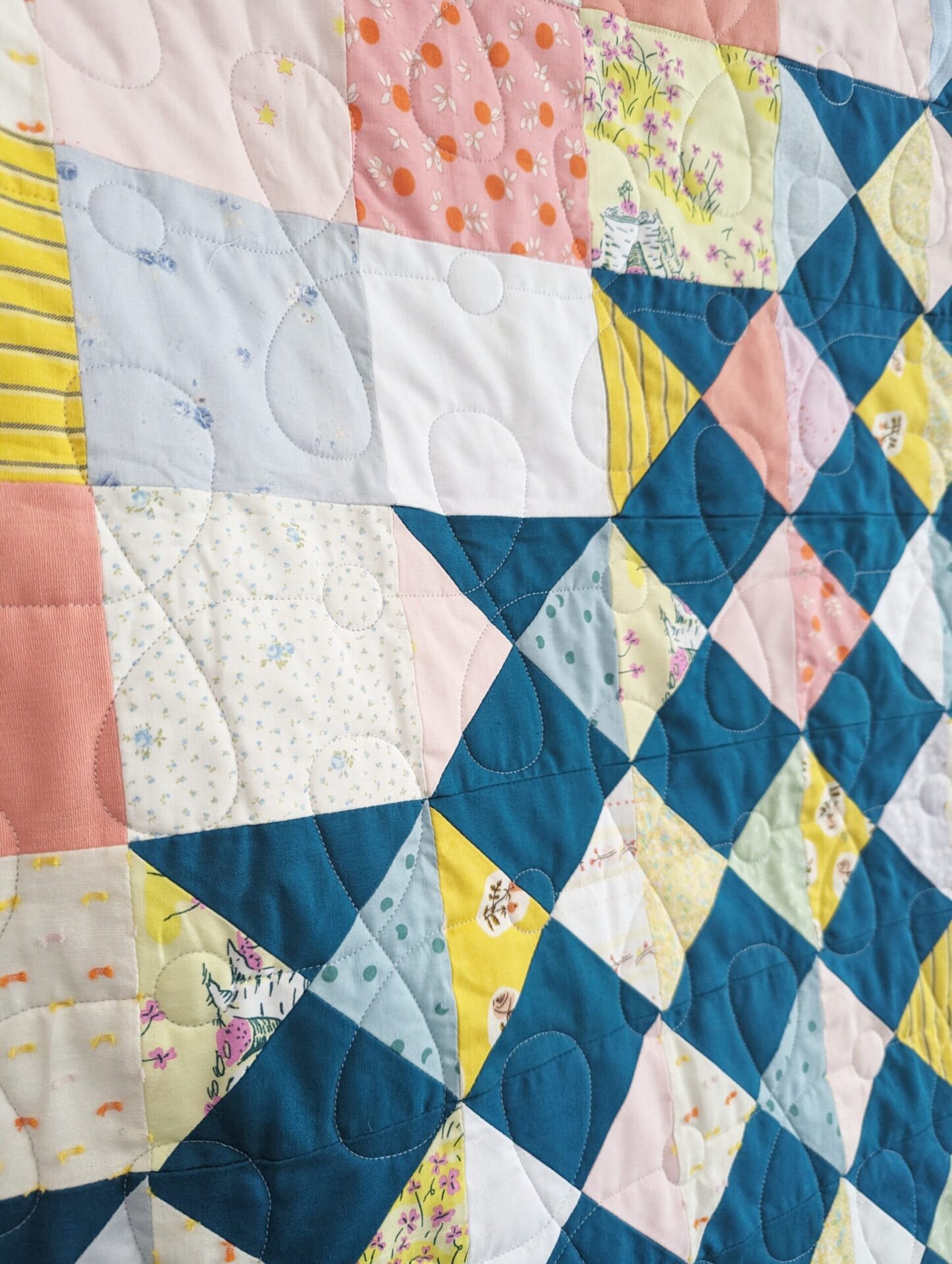
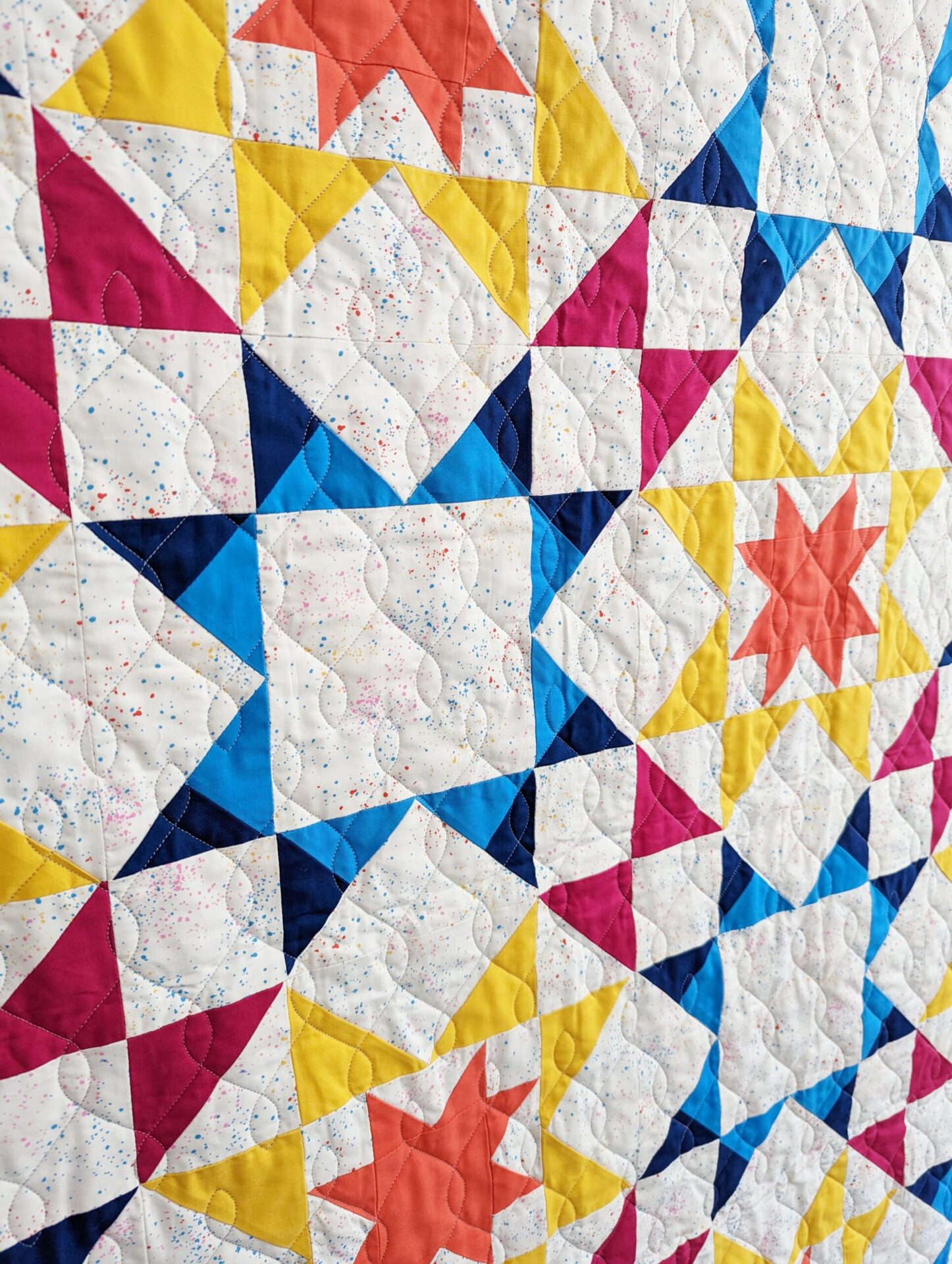
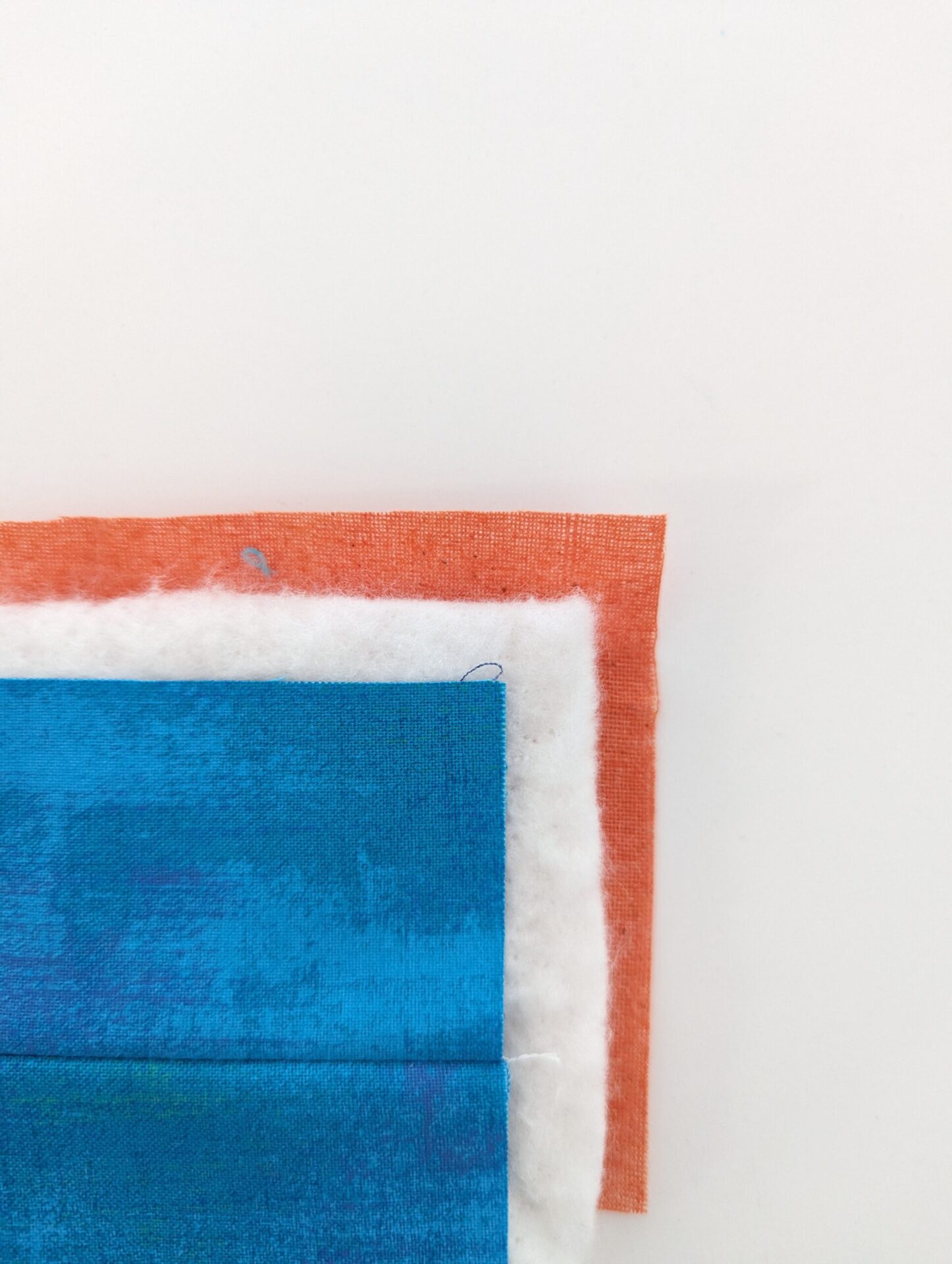
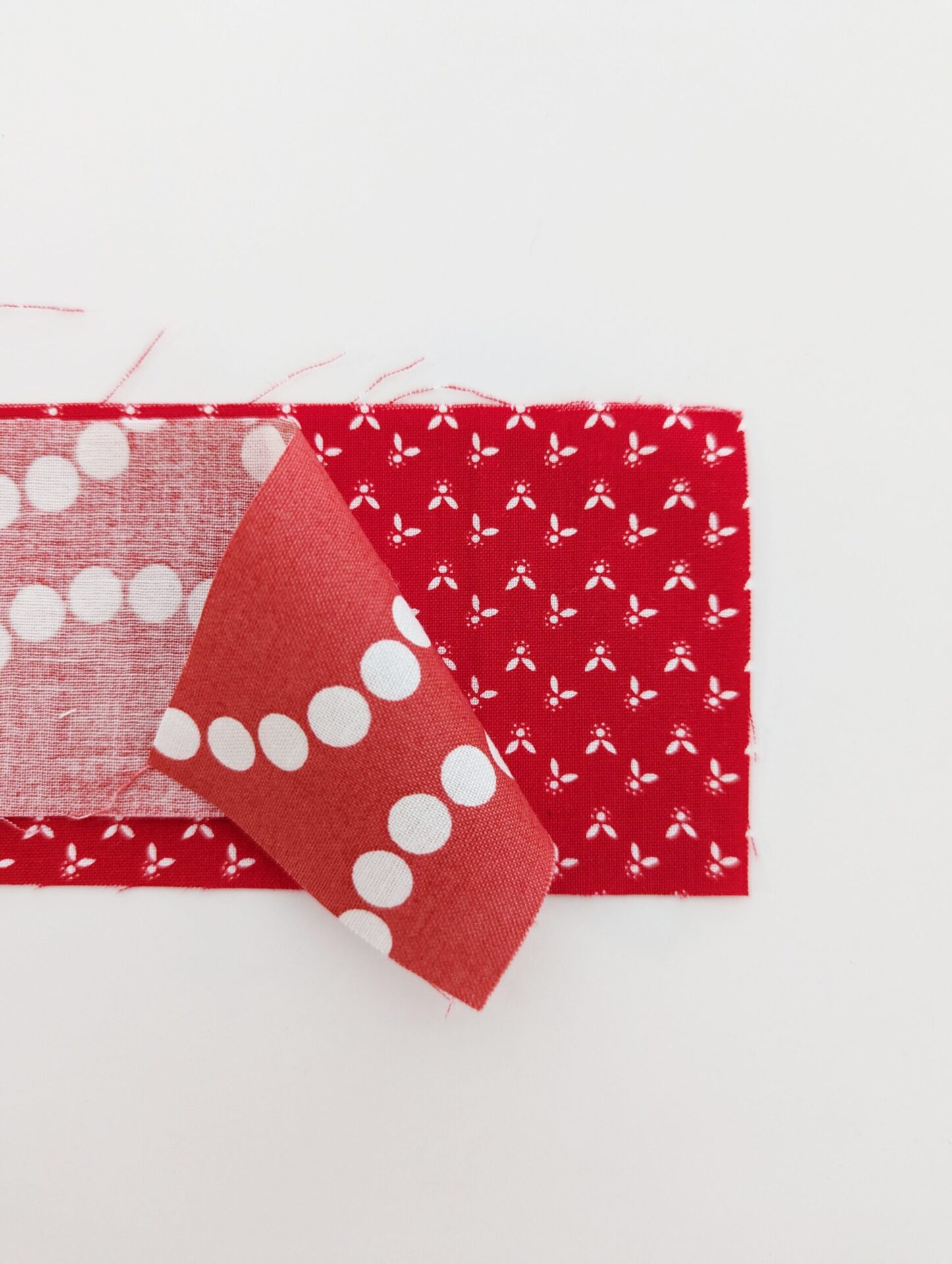
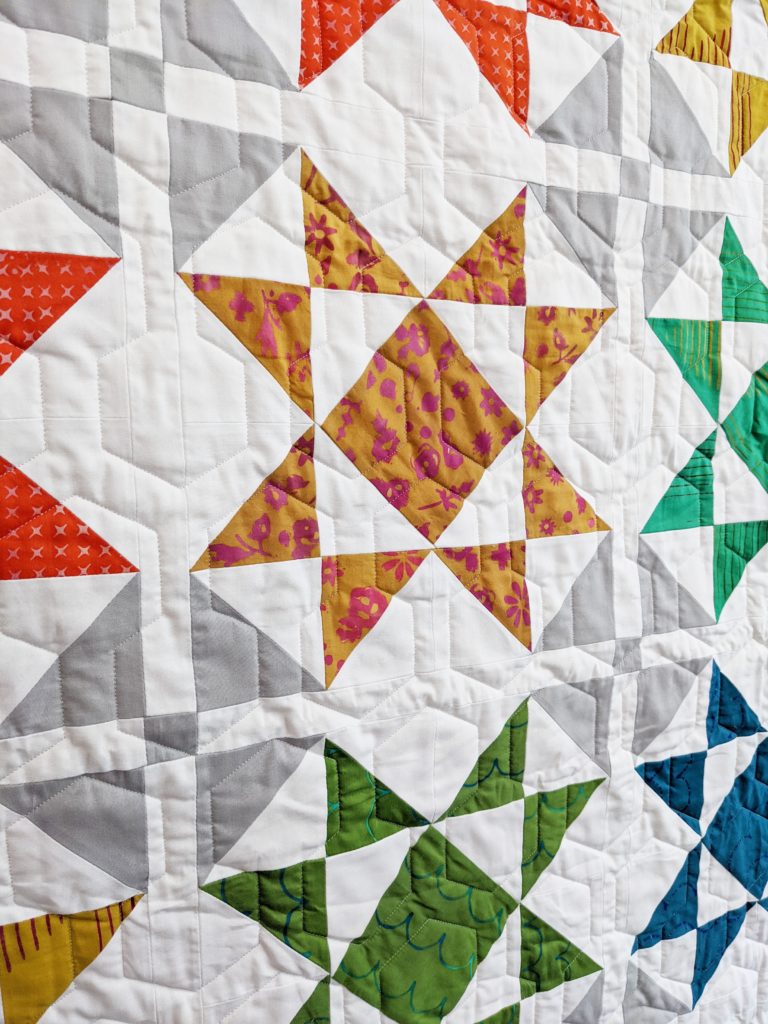
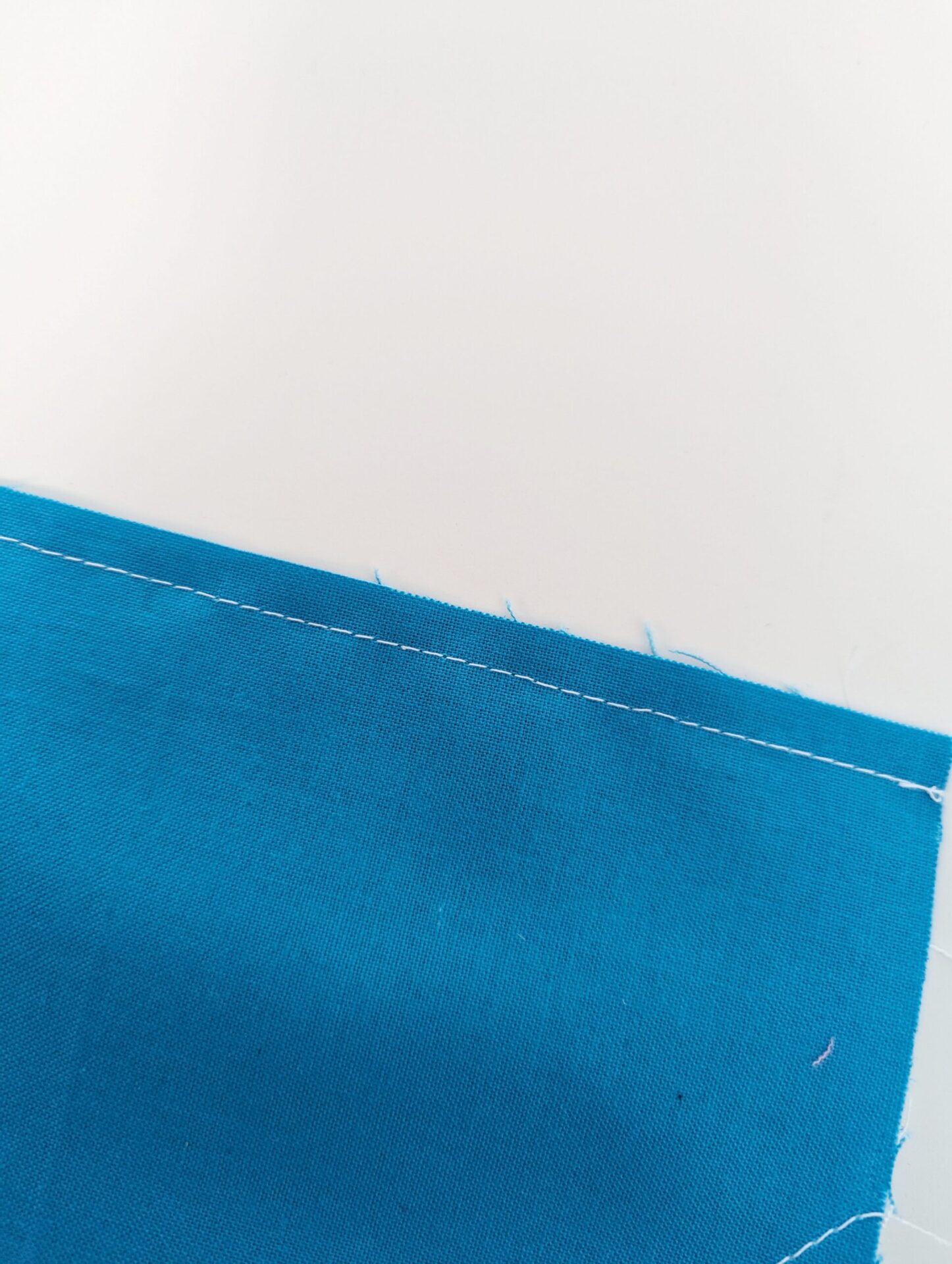
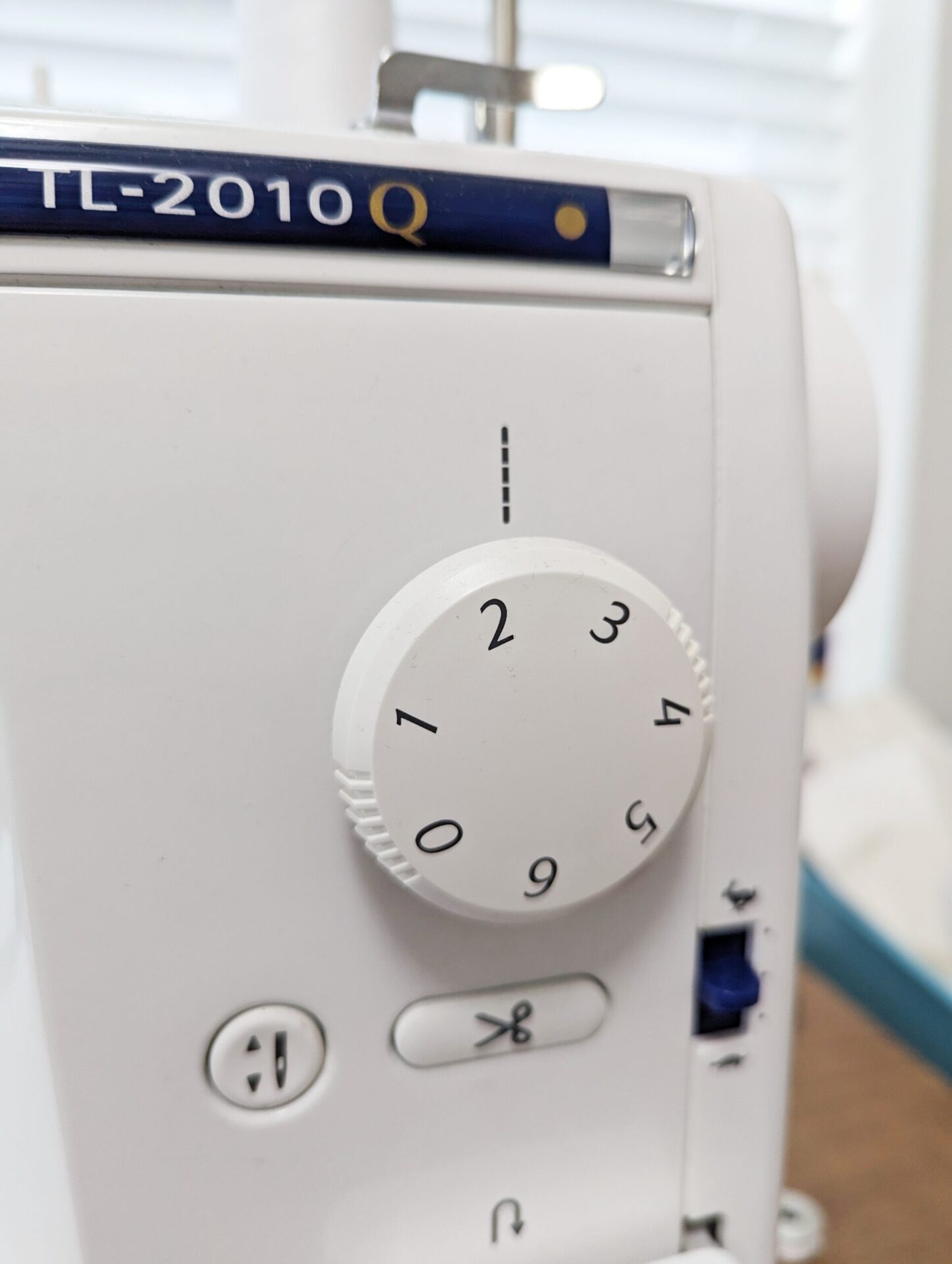
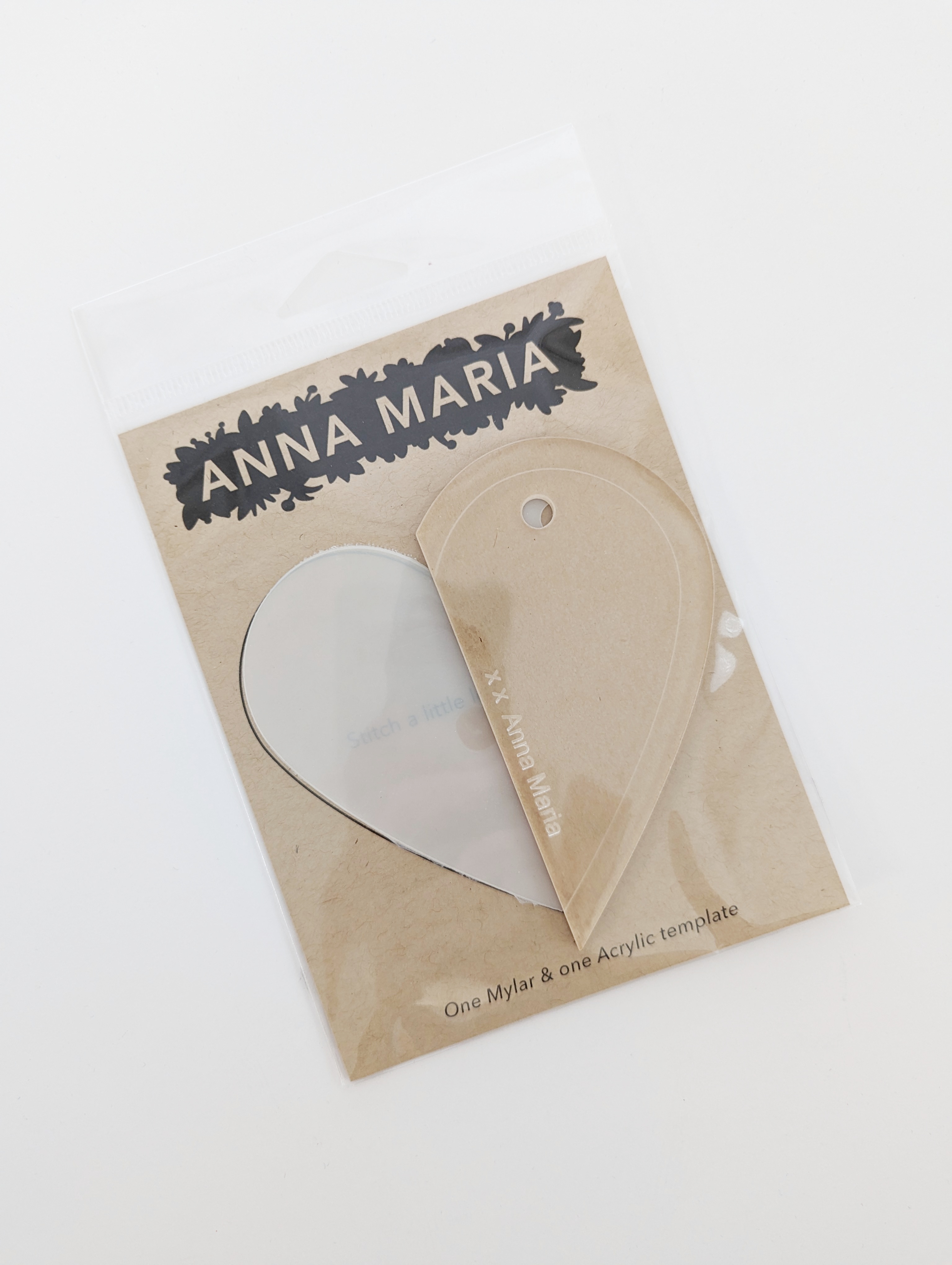
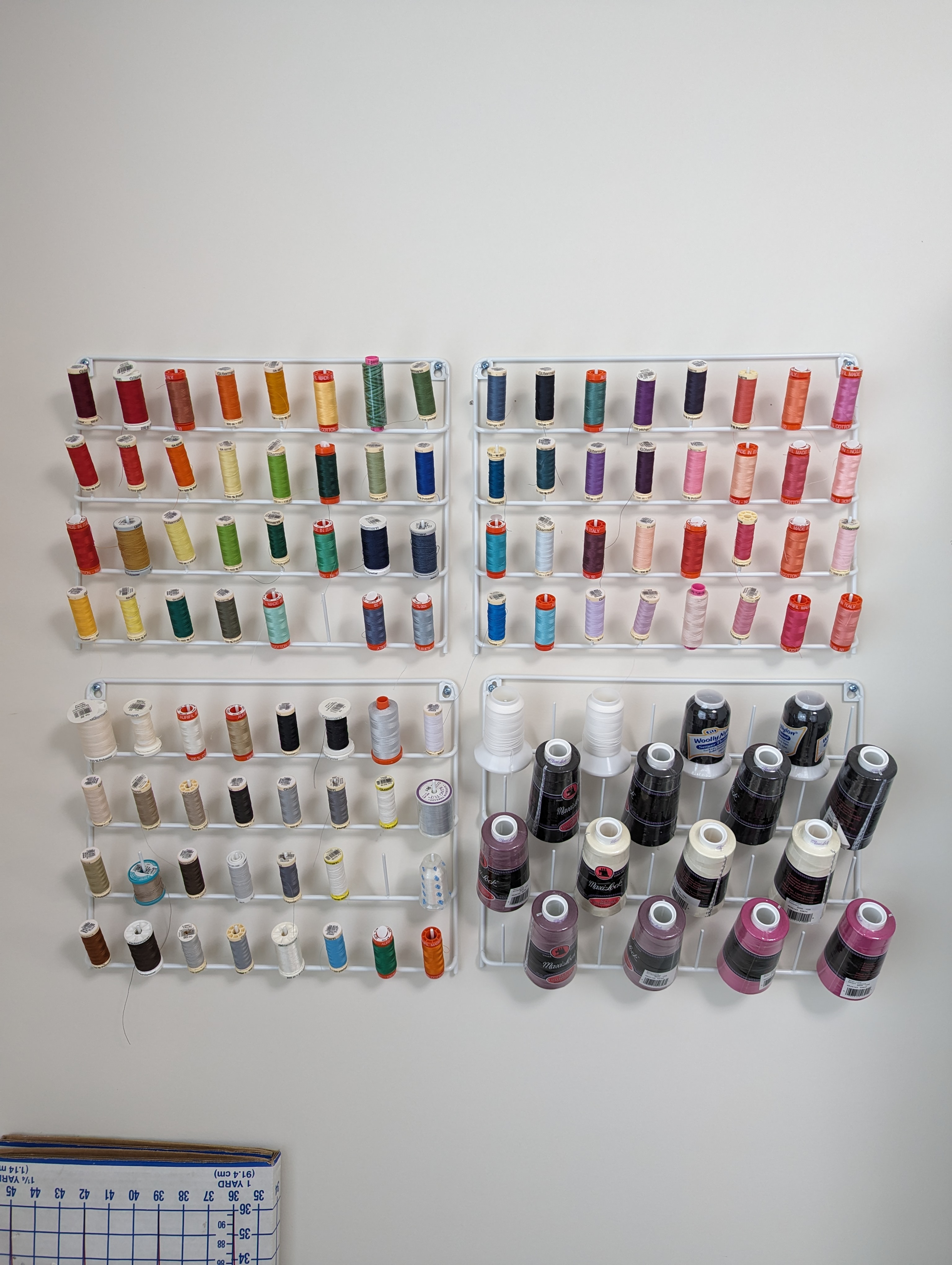
- Background/Negative Space: The area of a quilt that is not the main focus. Some quilt patterns have no background or negative space, and others may have quite a bit.
- Backstitch: Reversing the stitching for a couple of stitches when finishing or starting your sewing.
- Basting: The process of temporarily holding layers of fabric together with pins, thread, or spray. It is usually done before quilting to help prevent the layers from shifting. The Kwik Klip is a great tool for putting in your curved safety pins!
- Batting: The middle layer of a quilt sandwich; the cotton, wool, or polyester layer that provides thickness to a quilt.
- Bias: The 45 degree angle from the grain of the fabric. The bias is stretchy compared to the grain or 90 degrees from the grain.
- Binding: The process of finishing the edges of a quilt with a strip of fabric. The binding is usually sewn to the front of the quilt and then folded over to the back and hand stitched in place.
- Block: A small unit of fabric that is sewn together to create a larger design. Quilt blocks can be simple or complex, and they can be made from a variety of fabrics.
- Chain piecing: The process of sewing many blocks or sub-blocks together without cutting the thread between them. A small amount of space is left between each unit being sewn.
- Clipping: The process of cutting small pieces of fabric away from a seam allowance to prevent puckering. Clipping is usually done when sewing curves or points.
- FMQ: Free-motion quilting (FMQ) is a type of quilting that is done by hand or by machine without a pattern. The quilter uses a free-motion quilting foot on their sewing machine and guides the fabric by hand to create a variety of designs.
- Foot (Sewing Machine): A sewing machine foot is an attachment that is used to hold fabric flat as it is fed through the sewing machine and stitched.
- HST: Half square triangles (HSTs) are 90 degree triangles made from half of a square block. Two HSTs make up one square HST block. I have two posts about HSTs here and here!
- Piecing: The process of sewing together pieces of fabric to create a quilt block. Piecing can be done by hand or by machine.
- Pinning: The process of temporarily holding layers of fabric together with pins. Pinning helps to prevent the layers from shifting when you are sewing.
- Pressing: The process of using heat (and steam, if you’re a rebel like me) to set the seams in a quilt. Pressing helps to make the seams even and helps to prevent them from fraying. See my blog post about perfect pressing here!
- QST: Quarter square triangles (QSTs) are 90 degree triangles made from one quarter of a square block. Four QSTs make up one square QST block.
- Quilting: The process of sewing layers of fabric together with thread. Quilting can be done by hand or by machine.
- Quilt Sandwich: The process of layering the quilt top, backing and batting together to prepare for quilting stitches.
- RST: Right Sides Together is the term in a quilt pattern that tells the maker to place two fabrics right sides together before sewing them together.
- Sashing: A strip of fabric that is used to separate quilt blocks. Sashing can be used to create a variety of effects, such as creating a checkerboard pattern or adding visual interest to a quilt.
- Stitch: A single unit of sewing. Stitches can be used to join fabric together, to create decorative effects, or to secure threads in place.
- Stitch length: The distance between each stitch. The stitch length that you use will depend on the type of fabric that you are sewing and the type of stitch that you are creating.
- Template: A piece of paper, cardboard, or acrylic that is used as a guide for cutting out special shapes from fabric.
- Thread: A thin, strong material that is used to sew fabric together. Thread can be made from a variety of materials, including cotton, polyester, and wool.
I hope this glossary of quilting terms helps you to learn more about quilting and get started on your own quilting journey. What quilt terms did I miss that you would like to see in volume two of my quilting glossary? Happy Quilting!
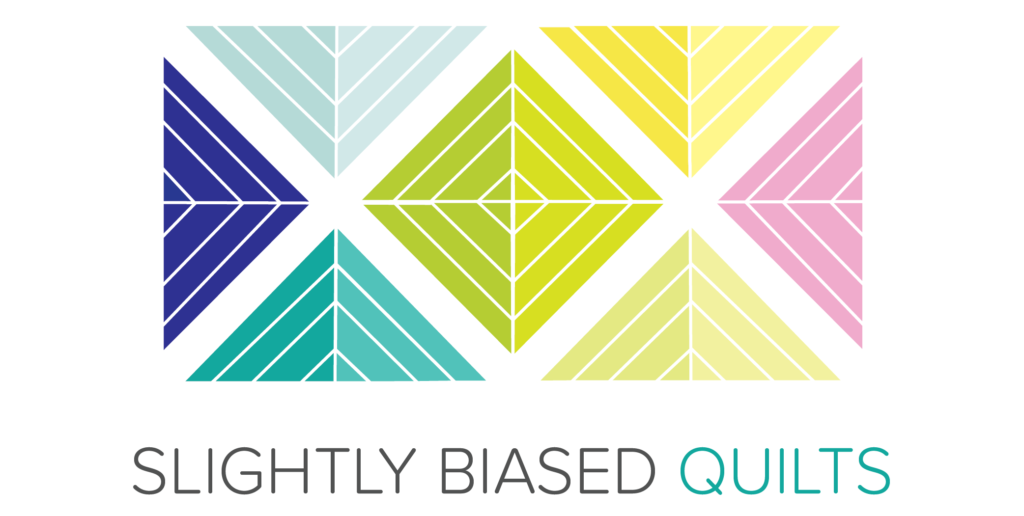
One Response